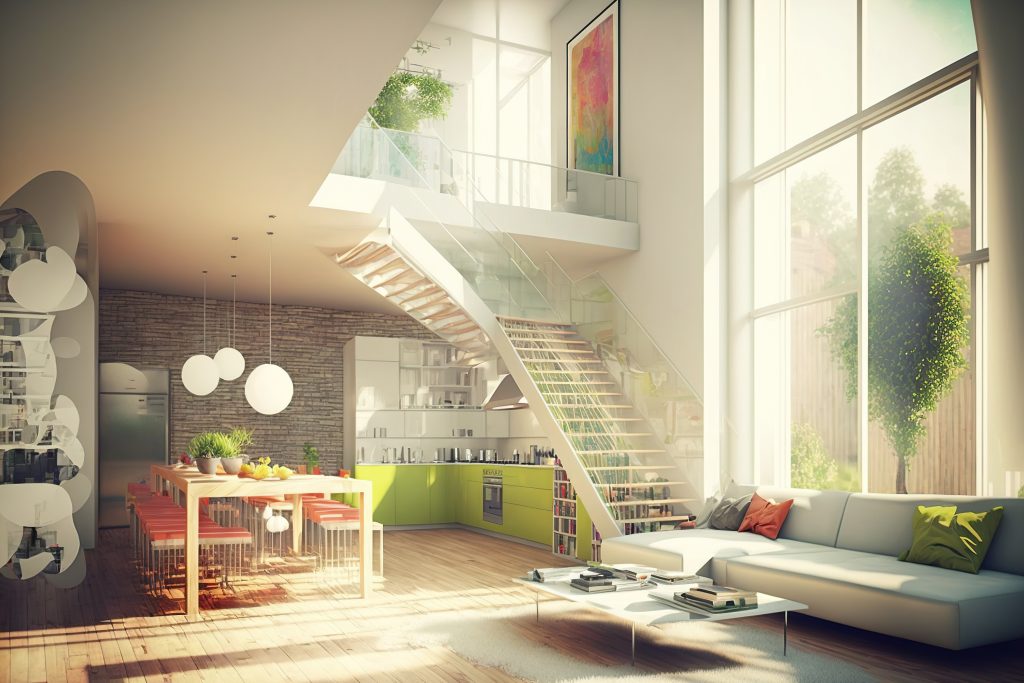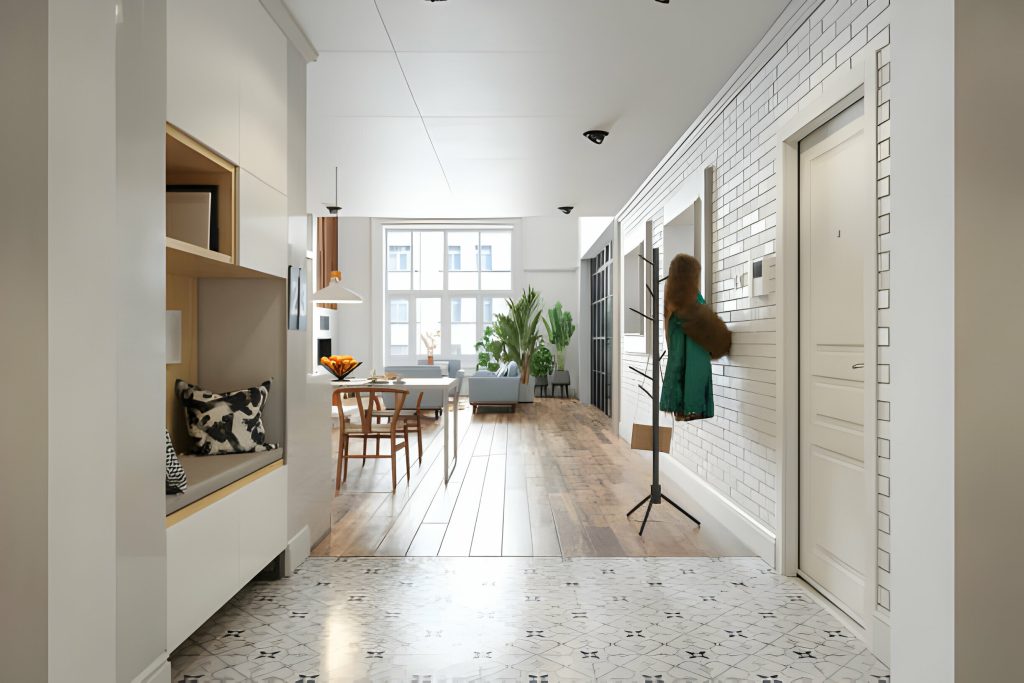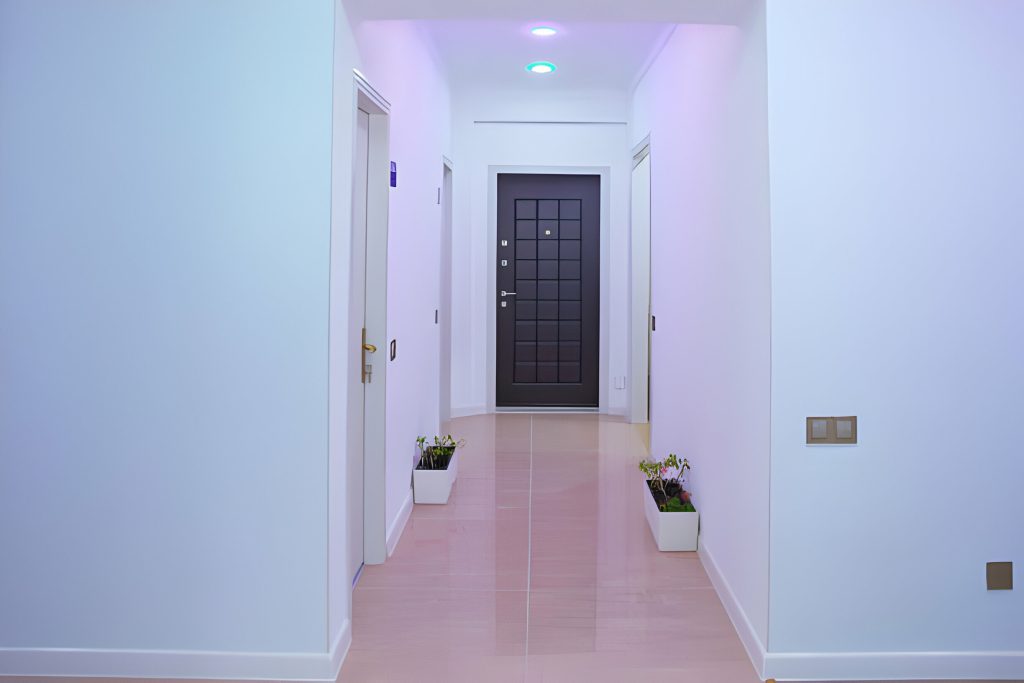Are you a beginner in the world of interior design? Don’t fret, designing a living room doesn’t have to be overwhelming. With the right guidance, you can create a stylish and functional space that reflects your personal taste. Start by measuring your room accurately and creating a layout to visualize furniture needs. Then, establish your design direction and select a cohesive color palette. Choose the perfect sofa as the focal point and enhance the overall look with accessories and lighting. Incorporate storage solutions for functionality. Get ready to transform your living room into a beautiful haven!
Importance of Accurate Space Planning
Accurate space planning is crucial for a well-designed living room, ensuring that furniture fits properly and the layout is functional. The importance of accurate measurements cannot be overstated. By measuring the space accurately, you can avoid the hassle of ordering furniture that doesn’t fit or overcrowding the room. Consider existing fixtures such as windows and doors when planning your layout, as they will limit your design options. Finding design inspiration is also key to creating a personalized living room. Take time to explore different styles and ideas from sources like Pinterest or interior design magazines. Maximizing storage space is another important aspect of space planning. Choose furniture pieces with built-in storage or utilize baskets and shelves to keep your living room organized. Lastly, don’t forget to personalize your living room with meaningful decor items that reflect your style and personality.
Establishing Your Design Direction
When establishing your design direction, it’s important to consider various decor styles and find inspiration from different sources. Start by defining your style preferences and determining the overall vibe you want to achieve in your living room. Incorporate personal touches that reflect your personality and make the space feel like home. Utilize storage solutions to keep the room organized and clutter-free. Maximize natural light by choosing window treatments that allow sunlight to filter in and arranging furniture strategically to take advantage of natural light sources. Don’t be afraid to mix patterns and textures for a visually interesting look. Experiment with different combinations until you find what works best for you. Remember, designing your living room is all about creating a space that is functional, beautiful, and uniquely yours.
Creating a Room Board for Visualization
Creating a room board with images of intended furniture pieces helps visualize the overall design and allows for adjustments before finalizing purchases. By creating a vision board, you can gather room inspiration and see how different furniture placement options will work in your space. This design visualization tool allows you to experiment with different design concepts and see which one best suits your style and needs. With a room board, you can easily move around furniture pieces and try out various layouts without the hassle of physically moving heavy items. It also helps you ensure that the size and scale of the furniture are appropriate for your living room. So grab some magazines or browse online for inspiration, gather images of your desired furniture pieces, and start creating your own room board to bring your living room design ideas to life!
Selecting a Cohesive Color Palette
To ensure a cohesive look in your living room, start by selecting a color palette that complements the overall aesthetic and style you desire. Choosing the right color schemes can make a significant impact on the atmosphere of the space. Incorporating accent colors adds visual interest and helps tie the room together. Consider incorporating color psychology to create a desired mood or ambiance. Balancing light and dark hues is essential for creating depth and visual contrast. To help you visualize these ideas, here is a table showcasing different color palettes:
| Color Palette | Description |
|---|---|
| Monochromatic | Using shades of the same color for a harmonious look |
| Complementary | Pairing colors opposite each other on the color wheel for contrasting effect |
| Analogous | Selecting colors next to each other on the color wheel for a cohesive feel |
Smart Furniture Selection and Shopping Tips
Smart furniture selection and shopping can help you make informed decisions and create a well-designed living room that suits your style and needs. Here are some tips to guide you:
- Consider budget-friendly options: Look for sales, discounts, or clearance sections to find great deals on furniture. You can also explore secondhand furniture finds, such as thrift stores or online marketplaces.
- Online shopping tips: Take advantage of online platforms that offer a wide range of furniture options. Read reviews, check measurements and material details, and compare prices from different sellers before making a purchase.
- Furniture arrangement tips: Before buying any furniture, measure your living room space and plan the layout accordingly. Consider the flow of the room and how different pieces will fit together. Experiment with different arrangements to find the best setup for your space.
Complementing Furniture Pieces for a Sophisticated Look
When selecting furniture for your living room, it’s important to choose complementary pieces that create a sophisticated and designer-worthy look. Start by considering a complementary color scheme to bring harmony to the space. Mixing patterns can add visual interest and depth to your living room design. Remember to select focal point furniture that will draw attention and serve as a statement piece in the room. To enhance the overall aesthetic, incorporate statement lighting that not only illuminates the space but also adds style and personality. Don’t forget about unique accent pieces that showcase your personal taste and make the room feel special. By carefully choosing these elements, you can create a living room that is both stylish and welcoming.
Choosing the Right Size Rug for Your Space
Now that you’ve learned how to complement furniture pieces for a sophisticated look, let’s move on to the next step in designing your living room: choosing the right size rug for your space.
When it comes to rugs, size matters. Here are some tips to help you choose the perfect rug size:
- Measure your space: Take accurate measurements of your living room before shopping for a rug. This will ensure that you find a rug that fits perfectly in your space.
- Rug placement tips: Consider the placement of furniture and how it will interact with the rug. Make sure all legs of your furniture fit comfortably on the rug.
- Layering rugs for added visual interest: If you want to add depth and texture to your living room, consider layering different rugs. Mix and match different shapes and textures for an intricate design.
In addition to size, here are some considerations when it comes to rug materials and maintenance:
- Rug material considerations: Choose a material that suits your lifestyle and needs. For example, if you have pets or children, opt for durable and stain-resistant materials.
- Rug maintenance tips: Regularly vacuum and clean your rug according to its specific care instructions. This will help prolong its lifespan and keep it looking fresh.
Adding Styling Moments With Accessories and Decor
To enhance the overall aesthetic of your living room, consider adding styling moments with accessories and decor. Incorporate statement artwork that reflects your personal taste and adds a focal point to the space. Styling with plants and greenery not only brings life into the room but also adds a touch of nature and freshness. Using decorative pillows and throws can transform a plain sofa into a cozy seating area, while choosing the right coffee table accessories such as trays or vases can add functionality and visual interest. Don’t forget to add unique lighting fixtures to create ambiance and highlight key areas in the room. By incorporating these elements, you can elevate the design of your living room and make it truly shine.
Layering Lighting for Ambiance and Functionality
You can create a warm and inviting atmosphere in your living room by layering different types of lighting for both ambiance and functionality.
- Types of lighting fixtures: Incorporate a mix of overhead chandeliers, table and floor lamps, and wall sconces to provide different levels of illumination.
- Placement of lighting sources: Strategically place the lighting fixtures throughout the room to evenly distribute light and avoid any dark corners.
- Importance of dimmers: Install dimmers for flexibility in adjusting the intensity of light according to your mood or activity.
Incorporating Functional Storage Solutions
Incorporating functional storage solutions in your living room can help maximize space and keep the area organized. By utilizing furniture that offers hidden storage options, you can create a stylish and clutter-free environment. Consider investing in pieces like ottomans or coffee tables with built-in storage compartments. These versatile furniture items not only provide a place to rest your feet or set down drinks but also offer extra space to store blankets, magazines, and other items. Additionally, think creatively when it comes to organization. Use decorative baskets or bins to corral smaller items like remote controls or children’s toys. Maximize wall space by installing shelves or floating cabinets for displaying books, plants, or decorative objects. With these stylish storage solutions, you can create a functional and visually appealing living room while keeping everything neatly tucked away.
| Maximizing Storage | Utilizing Furniture |
|---|---|
| Creative Organization | Hidden Storage |
| Stylish Storage Solutions |




